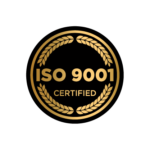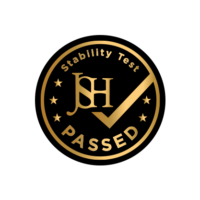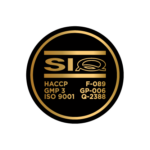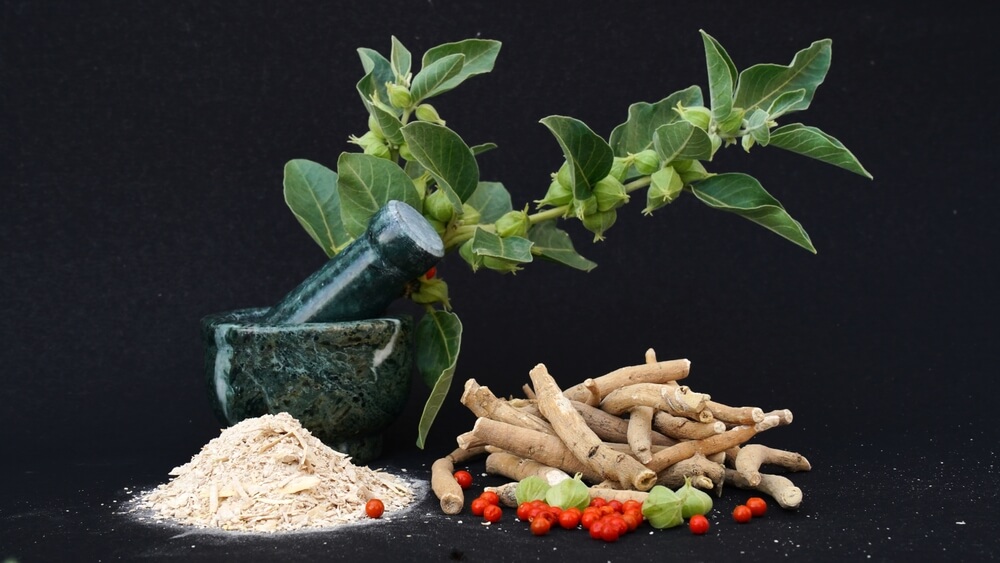

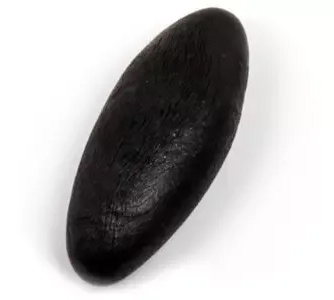


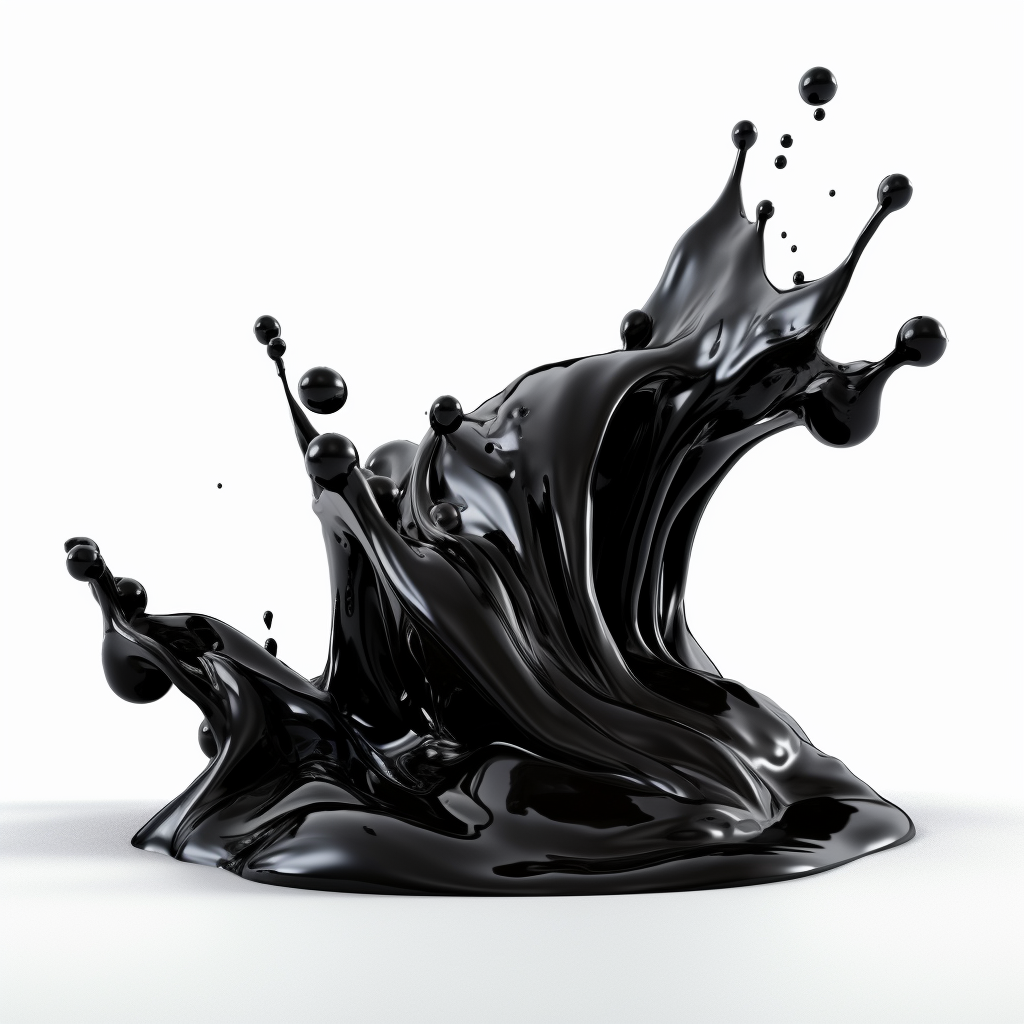
Autres liens :
dans l'UE : EFSA (Autorité européenne de sécurité des aliments),
aux États-Unis : NCBI (Centre national d'information biotechnologique)
Autres études médicales aux États-Unis :
NaturalNews. America's Truth News Bureau
Études médicales dans le reste du monde :
http://www.hindawi.com/journals/ijad/2012/674142/citations/
Hill, Carol ; Forti, Paolo (1997). Cave minerals of the world, Volume 2. National Speleological Society. pp. 217-23. ISBN 978-1-879961-07-4.
Ahmed R. Al-Himaidi, Mohammed Umar (2013). "Utilisation sûre de Salajeet pendant la grossesse des souris femelles". Journal of Biological Sciences. 3 (8) : 681–684. doi:10.3923/jbs.2003.681.684.
Anna Aiello, Ernesto Fattorusso, Marialuisa Menna, Rocco Vitalone, Heinz C. Schröder, Werner E. G. Müller (septembre 2010). "Mumijo Traditional Medicine : Fossil Deposits from Antarctica (Chemical Composition and Beneficial Bioactivity)". Evidence-Based Complementary and Alternative Medicine. 2011 : 738131. doi:10.1093/ecam/nen072. PMC 3139983Free accessible. PMID 18996940.
ASh Shakirov : Antimicrobial Action of mumiyah-asil in Connection wih some Pus Causing Microorganism (russisch) In : Materials of the Secound Scientific Conference of the Young Scholar-Physicians of Uzbekistan, pp. 127-128, Tashkent (1966).
ASh Shakirov : Traitement des plaies infectées par la mumiyah. In Materials of the Scientific Practical Conference of the Tashkent Advanced Training Institute for Physicians, pp. 58-59, Tashkent (1966).
Benno R. Meyer-Hicken : Über die Herkunft der Mumia genannten Substanzen und ihre Anwendung als Heilmittel. Diss. Fachbereich Medizin, Universität Kiel 1978.
Bucci, Luke R (2000). "Selected herbals and human exercise performance". The American Journal of Clinical Nutrition. 72 (2 Suppl) : 624S-36S. PMID 10919969.
Carl Reichert : Die Mumia nativa oder Muminahi, eine Art prähistorisch-antiseptisches Verbandmittel in Persien. In : Deutsches Archiv für Geschichte der Medicin u. medicinische Geographie 3, 1880 ; Neudruck Hildesheim und New York 1971 ; S. 140-145.
David Winston & Steven Maimes. Adaptogens : Herbs for Strength, Stamina, and Stress Relief, Healing Arts Press, 2007. ISBN 978-1-59477-158-3
Faruqi, S.H. 1997, Nature et origine du Salajit, Hamdard Medicus, Vol XL, avril-juin, pages 21-30
Frolova, L. N. ; Kiseleva, T. L. (1996). "Chemical composition of mumijo and methods for determining its authenticity and quality (a review)". Pharmaceutical Chemistry Journal. 30 (8) : 543–547. doi:10.1007/BF02334644.
Frolova, L. N. ; Kiseleva, T. L. ; Kolkhir, V. K. ; Baginskaya, A. I. ; Trumpe, T. E. (1998). "Antitoxic properties of standard dry mumijo extract". Pharmaceutical Chemistry Journal. 32 (4) : 197–199. doi:10.1007/BF02464208.
Gerhard Steinmüller : Perlen der russischen Medizin. 1. Auflg. Stadtdruckerei, Pawlograd, Ukraine 1993, S. 11-13.
Ghosal, S., B. Mukherjee et S. K. Bhattacharya. 1995. Ind. Journal of Indg. Med. 17(1) : 1-11.
Ghosal, S. ; Reddy, J. P. ; Lal, V. K. (1976). "Shilajit I : Chemical constituents". Journal of Pharmaceutical Sciences. 65 (5) : 772–3. doi:10.1002/jps.2600650545. PMID 932958.
Hill, Carol A. ; Forti, Paolo (1997). Cave minerals of the world. 2 (2e éd.). National Speleological Society. p. 223. ISBN 978-1-879961-07-4.
http://www.bgr.bund.de/DE/Themen/Sammlungen-Grundlagen/GG_Sammlungen/Objekt_Monat/1004_mumiyo.html
Igor Schepetkin, Andrei Khlebnikov, Byoung Se Kwon, Medical drugs from humus matter : Focus on mumijo [3]
Joshi, G. C., K. C. Tiwari, N. K. Pande et G. Pande. 1994. Bryophytes, the source of the origin of Shilajit - a new hypothesis. B.M.E.B.R. 15(1-4) : 106-111.
Jürgen Bause : Gesundheit aus den Bergen Asiens. Wissenschaftsverlag Ulm, 2007, ISBN 978-3-9811471-0-0.
Kiseleva, T. L. ; Frolova, L. N. ; Baratova, L. A. ; Baibakova, G. V. ; Ksenofontov, A. L. (1998). "Study of the amino acid fraction of dry mumijo extract". Pharmaceutical Chemistry Journal. 32 (2) : 103–108. doi:10.1007/BF02464176.
Kiseleva, T. L. ; Frolova, L. N. ; Baratova, L. A. ; Ivanova, O. Yu. ; Domnina, L. V. ; Fetisova, E. K. ; Pletyushkina, O. Yu. (1996). "Effect of mumijo on the morphology and directional migration of fibroblastoid and epithelial cellsin vitro". Pharmaceutical Chemistry Journal. 30 (5) : 337–338. doi:10.1007/BF02333977.
Kiseleva, T. L. ; Frolova, L. N. ; Baratova, L. A. ; Yus'Kovich, A. K. (1996). "HPLC study of fatty-acid components of dry mumijo extract". Pharmaceutical Chemistry Journal. 30 (6) : 421–423. doi:10.1007/BF02219332.
Kizaibek, Murat (2013). "Avancées de la recherche sur le Tasmayi". Zhongguo Zhong Yao Za Zhi. 38 (3) : 443–448. doi:10.4268/cjcmm20130331.
Lal, VK ; Panday, KK ; Kapoor, ML (1988). "LITERARY SUPPORT TO THE VEGETABLE ORIGIN OF SHILAJIT" (PDF). Ancient Science of Life,. 7 : 145-8. PMC 3336633Free accessible. PMID 22557605.
Robert Talbert - SHILAJIT - a materia medica monograph - California College of Ayurveda "Shilajit", 2004
S. Ghosal, J. Lal, Sushil Singh : The core structure of shilajit humus. Soil bio.biochem.Vol 23, No.7, 673-80 (1991)
S. Ghosal, Reddy Lal, J.P. Shilajit I : Chemical Constituents J. pharm Sci. pp 772-773 (1976)
S. Ghosal, S. Singh, R. Srivastava : Shilajit II : Biphenyl-metabolites form Trifolium repens. J.Chem. Research pp 196-197 (1988)
S. Ghosal : Shilajit VII : Chemistry of shilajit, an immunmodulatory ayurvedic rasayan. Pure Appl. Chem., Vol 62, No.7,pp 1285-1288 (1990)
Schepetkin, Igor ; Khlebnikov, Andrei ; Kwon, Byoung Se (2002). "Médicaments issus de l'humus : Focus on mumie". Drug Development Research. 57 (3) : 140–159. doi:10.1002/ddr.10058.
Schepetkin, Igor ; Khlebnikov, Andrei ; Kwon, Byoung Se (2002). "Médicaments issus de l'humus : Focus on mumie". Drug Development Research. 57 (3) : 140–159. doi:10.1002/ddr.10058.
Shamarpa Rinpoche : Sangye Menla, approche spirituelle de la médecine tibétaine. Traduction de Jérome Edou, 47 p.Ed. Dhagpo Kagyu-Ling Montignac (1982)
Shibnath Ghosal (janvier 2009). "Chemistry of shilajit, an immunomodulatory Ayurvedic rasayan". Chimie pure et appliquée. 62 (7) : 1285–1288. doi:10.1351/pac199062071285.
Le mécanisme antioxydant et génoprotecteur de la préparation Mumijo-Vitas [2]
Wilson, Eugene ; Rajamanickam, G. Victor ; Dubey, G. Prasad ; Klose, Petra ; Musial, Frauke ; Saha, F. Joyonto ; Rampp, Thomas ; Michalsen, Andreas ; Dobos, Gustav J. (juin 2011). "Review on shilajit used in traditional Indian medicine". Journal of Ethnopharmacology. 136 (1) : 1–9. doi:10.1016/j.jep.2011.04.033. PMID 21530631.
Winston, David ; Maimes, Steven (2007). "Shilajit". Adaptogens : Herbs for Strength, Stamina, and Stress Relief. Inner Traditions / Bear & Company. pp. 201-204. ISBN 978-1-59477-969-5. Consulté le 29 novembre 2010.
Wolfgang Windmann : Mumijo- Das schwarze Gold des Himalaja. Windpferd-Verlag, 2005, ISBN 978-3-89385-475-2.
Yarovaya, Sofiya Alekseevna - Préparations médicales à base de Mumijo [1].
Zahler, P ; Karin, A (1998). "Origine des composants floristiques de Salajit". Hamdard Medicus. 41 (2) : 6-8.
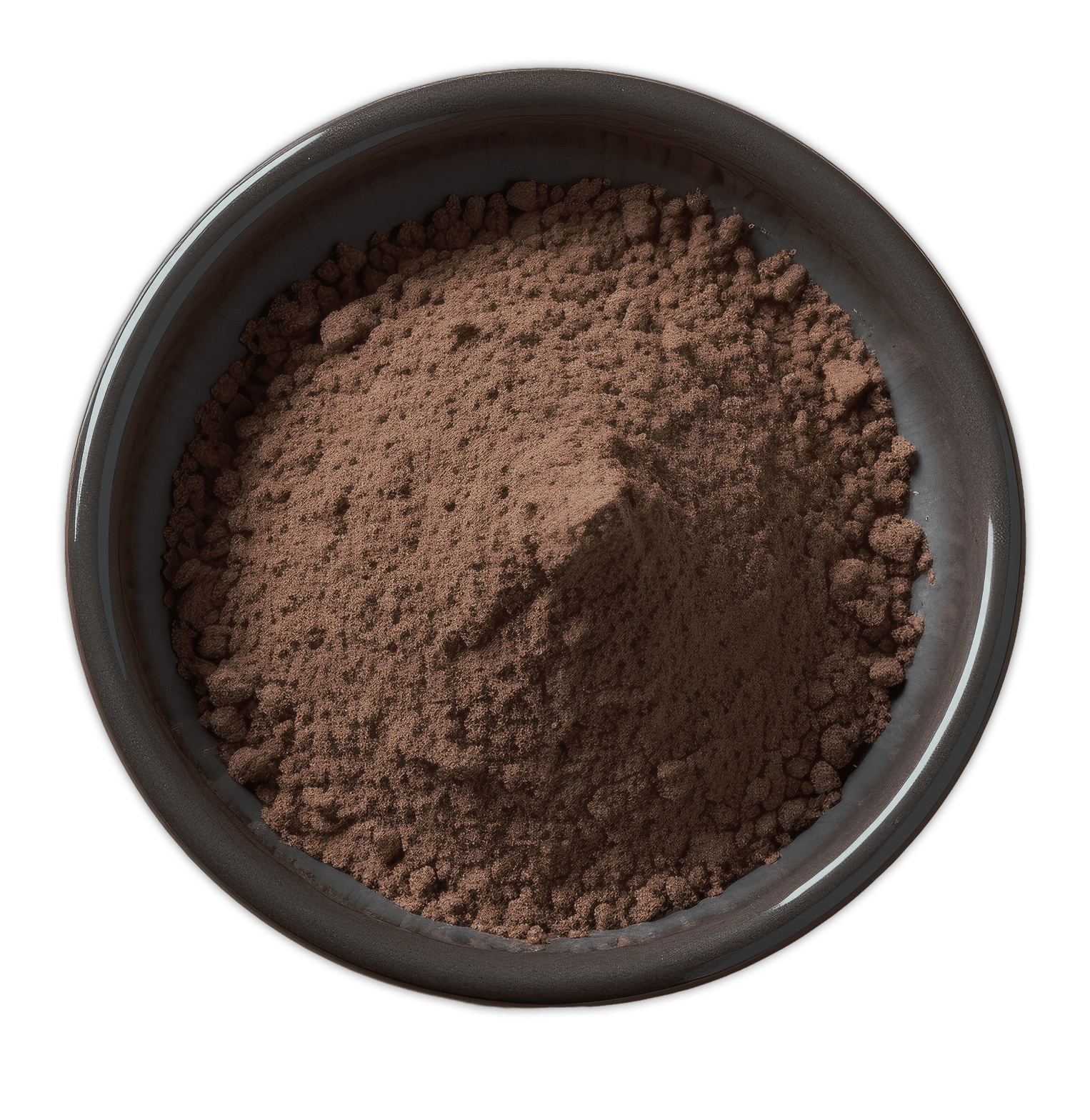
La substance Shilajit se présente naturellement sous forme de gouttes ressemblant à de la résine. Sa viscosité varie en fonction de la température. D'autres agrégats ou formes (comme la poudre, les comprimés, etc.) nécessitent la transformation de l'ingrédient brut et l'ajout d'autres substances, y compris de l'eau chlorée. Au cours de cette transformation, la substance perd ses précieuses propriétés et son énergie, ce qui a également été prouvé par un radiesthésiste qui a mesuré sa pureté et son biochamp.
La perfection de la nature réside dans sa simplicité. Lorsque nous modifions les fruits qu'elle offre, nous modifions également leur essence primordiale, ce qui peut faire plus de mal que de bien. Il existe de nombreux produits en poudre sur le marché ; dans leur cas, l'eau contenue dans la substance originale a été enlevée. En modifiant la composition d'une substance, on modifie son énergie et ses propriétés d'origine.
La résine de Shilajit de Mountaindrop s'impose comme le choix optimal. Sous une forme plus proche de la nature, la résine présente une concentration plus riche en composés bénéfiques. Cela garantit une expérience authentique de Shilajit, sans additifs inutiles, et permet un mélange facile dans les liquides. En choisissant notre résine, vous bénéficiez des avantages complets et inaltérés de cet ancien superaliment.
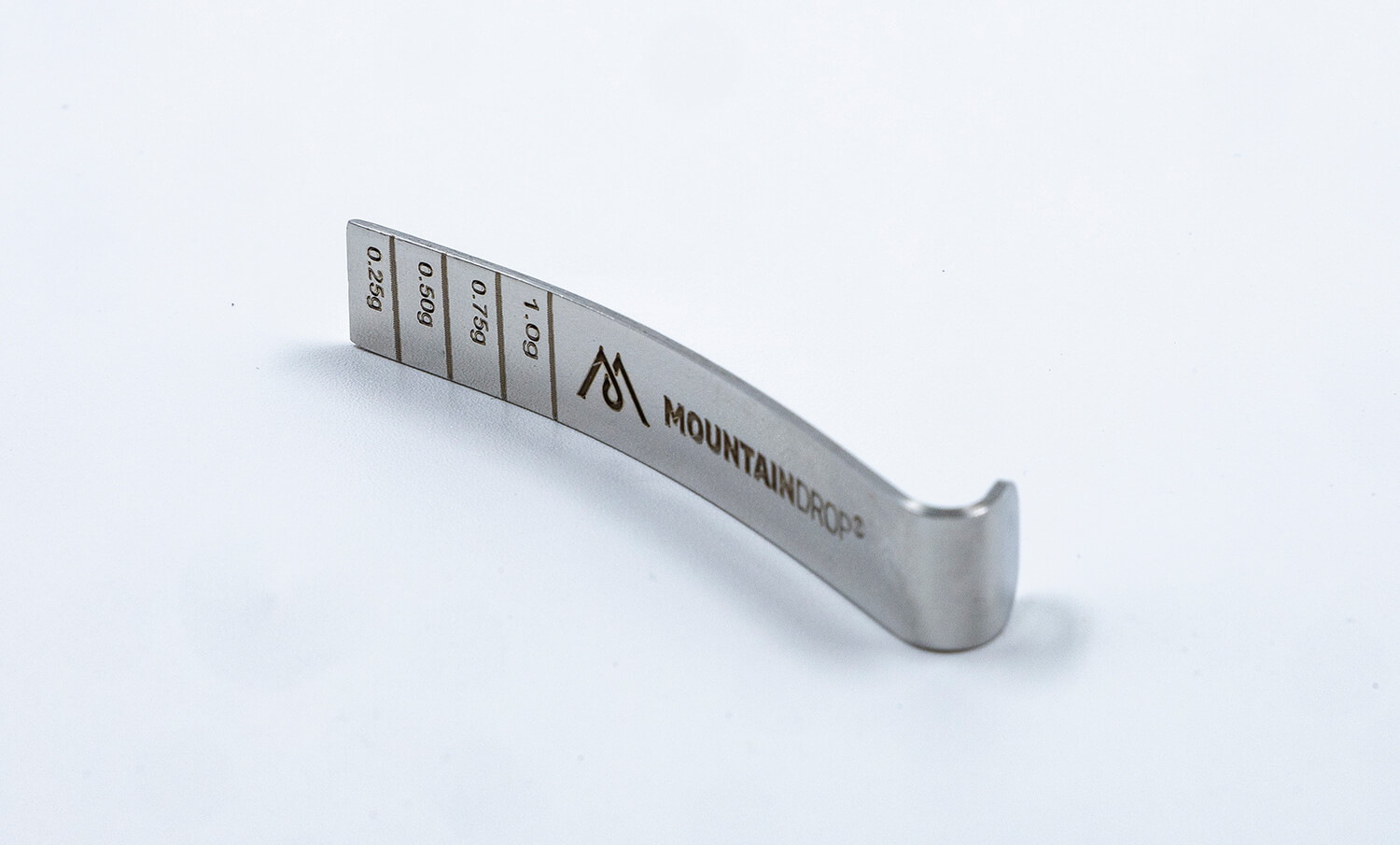


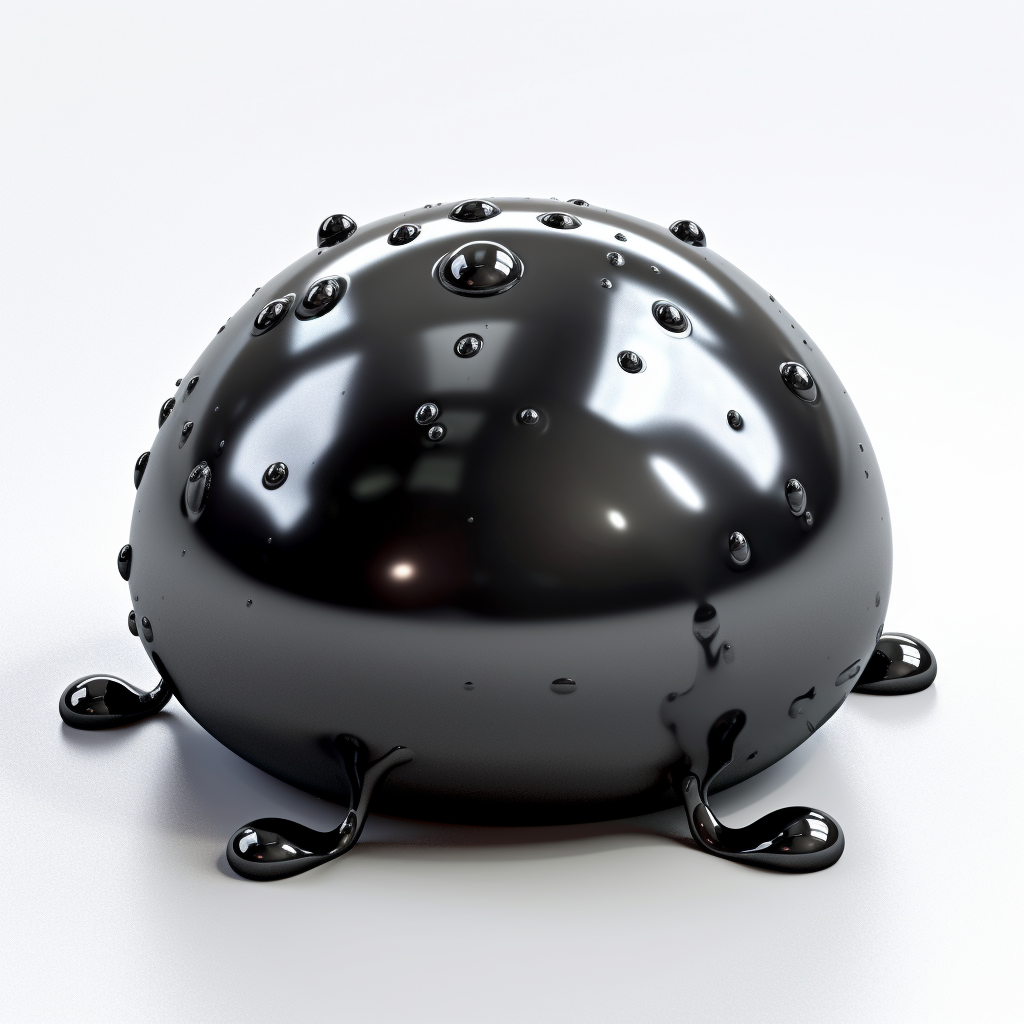
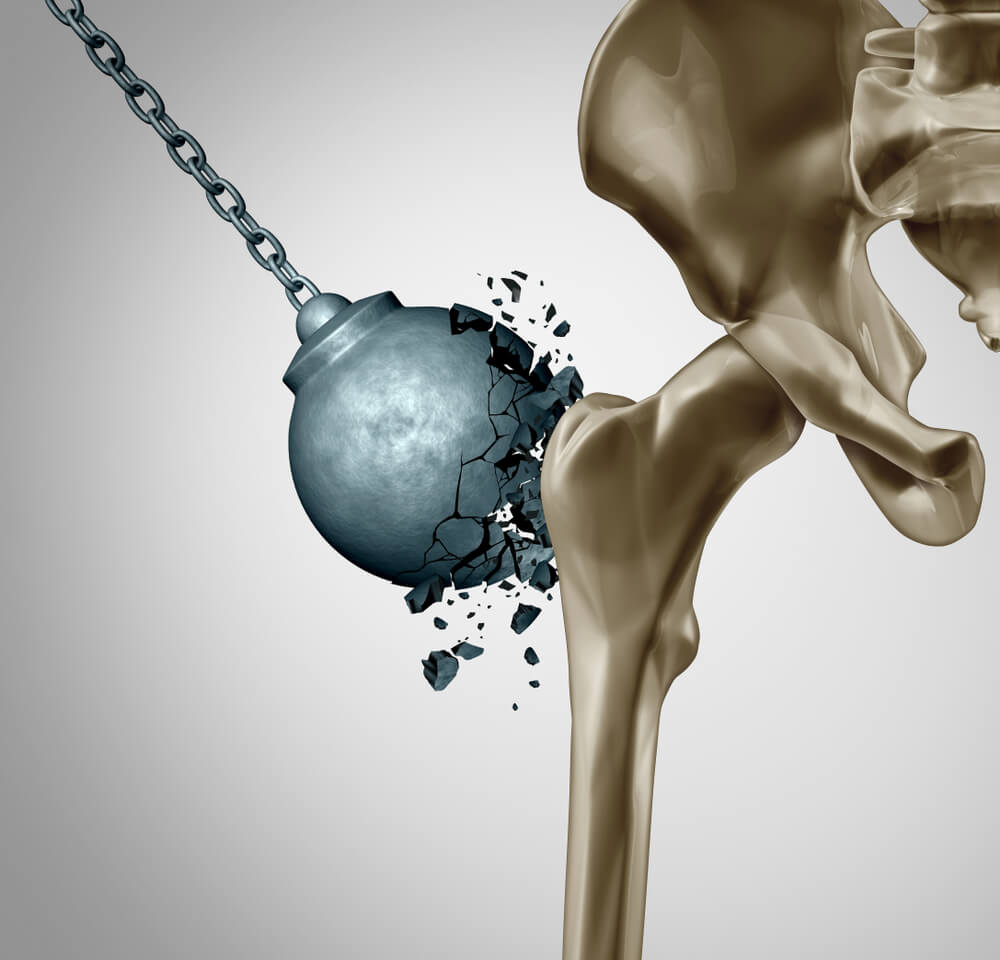


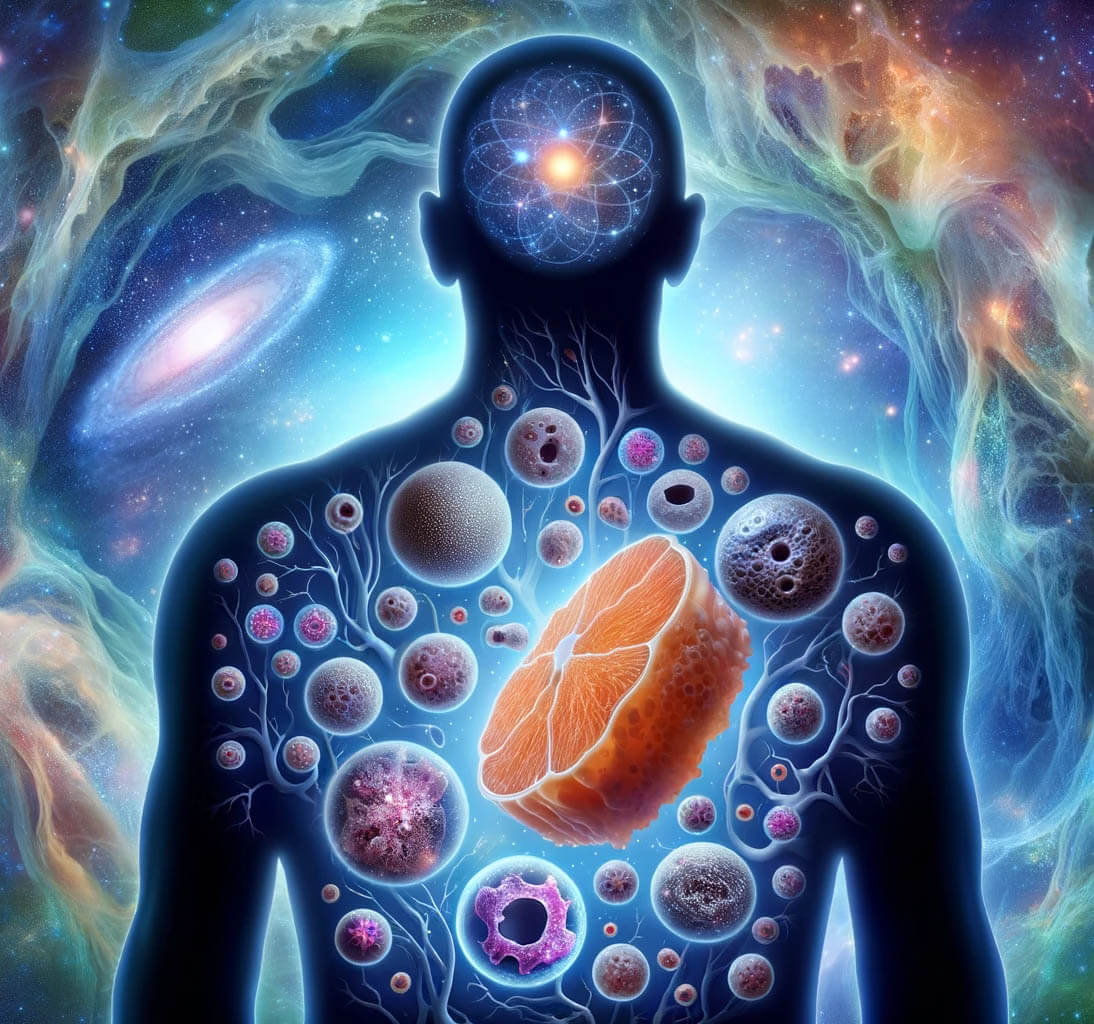
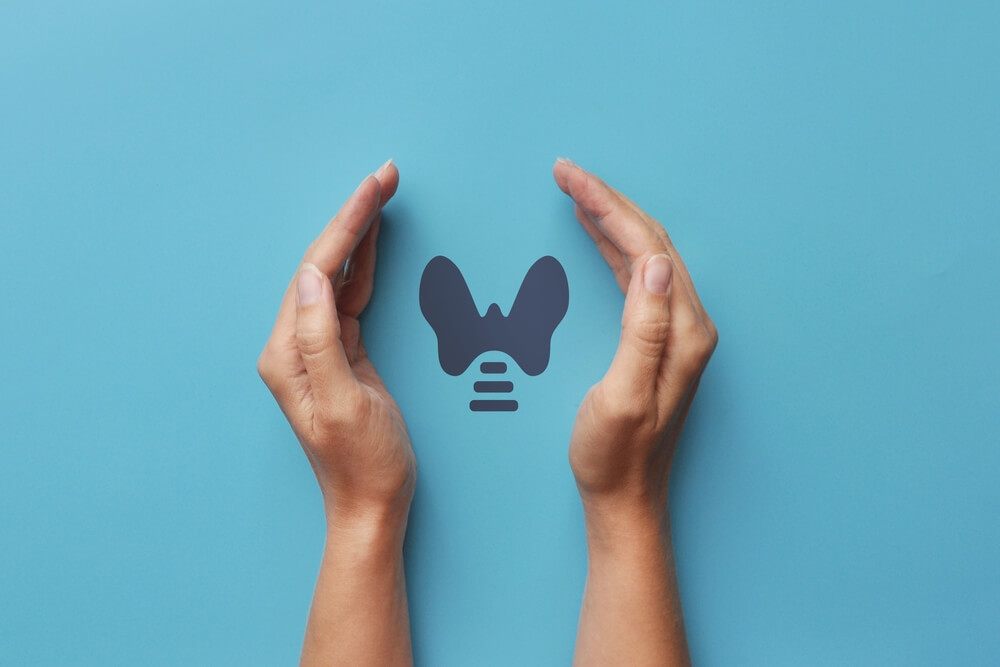

Copyright 2024 © Mountaindrop. Tous droits réservés. Propulsé par EOSNET

